Encyclopaedia of Indian Cinema
Synopsis
Producing a reference work about a national cinema is an uncomfortable project. Both Seamus Deane, an Irish intellectual, and Aijaz Ahmad, a subcontinental intellectual, have produced powerful critiques of the very attempts to provide a history of any particular art-form presented in terms of a nation-state’s achievements. In this respect, a reference work is no different from a historical account: both construct what they purport to address. A book purporting to be, however imperfectly, an encyclopaedia of Indian cinema (s) cannot but lay itself open to all the criticisms an strictures formulated by Deane and Ahmad. The very enterprise of compiling such an encyclopedia in inevitably caught in the tensions, fantasies and, not to put too fine a point on it, the traps they describe. If the Category of Indian cinema cannot be restricted to post-Partition India, neither can it be made to coincide with any definition of pre-Partition or of Colonial India. Any such definition would include all or part of Pakistan, Bangladesh, Sri Lanka and various bits and pieces of geography beyond the current borders of the Indian Republic. As even a cursory glance at the Chronicle in this book will make clear, the boundaries and composition of the Indian State have varied a great deal over the years. In addition, the cultural divisions between Indian cinema and other cinemas have been very flexible as well. To give but one example, and the editors of this book have debated the point, the beginnings of Iranian sound cinema could be seen as part of Indian cinema: Ardeshir Irani, the director of Alam Ara, also made the Persian film, Dokhtar-e-Lor, in 1933 in Bombay, commonly acknowledged as the first Iranian sound features, a fact celebrated in Mohsen Makhmalbaf’s Nassereddin Shah Actor-e-Cinema (Once Upon a Time Cinema, 1992). This book shares all the problems, and some of the credit, of any edeavour that is the first of its kind. There are encouraging signs in India that several agencies, such as the National Film Archive of India, are gradually introducing sophisticated records, not only of their actual holdings but also of Indian cinema in general. Amrit Gangar and Subhash Chheda’s recently completed computerized cross-indexing of the entire output of the Films Division means that the bulk of India’s documentary cinema is now available for various kinds of research. India’s Central Board of Film Certification may well take on board the need to compile their vast data in readily accessible form, a source that has not been available for this book except for the work of B V Dharap. Future editions of this Encyclopedia will no doubt benefit substantially when that work becomes available. To sum up: this book is very much designed as a research tool, a kind of baseline for others to amplify and correct, so that it may grow into a work of collective, constantly retuned scholarship. This book, quite simply, would never have been realized without the assistance of a number of people within the British Film Institute (Richard Paterson, Bridget Kinally and Imdad Hussain), London, and the National film Archive of India, Pune. In addition, we should like to thank the Nehru Centre in London, the London International film Festival, Mr R Advani and ms Anita Roy of the Oxford University Press, Delhi, for their enthusiasm and support. For support in editing, designing and printing the second edition, we are especially grateful to the Repro-India team, and in particular to Rakesh Pherwani’’s assistance in solving often complex problems of computer software.
Read more
77.40
69.66
$
86.00 $
Free delivery Wolrdwidе in 10-18 days
Ships in 1-2 days from New Delhi
Membership for 1 Year $35.00
Get it now and save 10%
Get it now and save 10%
BECOME A MEMBER

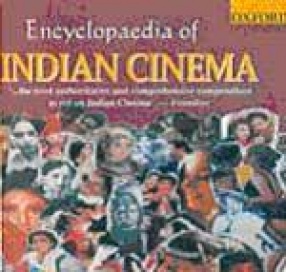
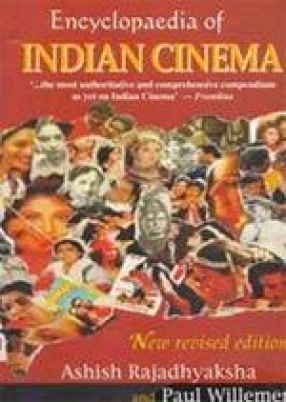
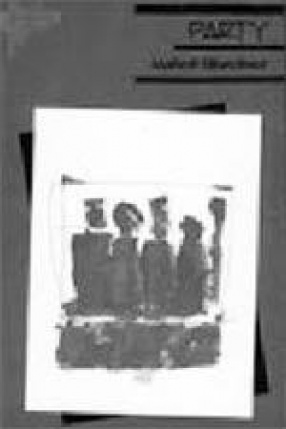
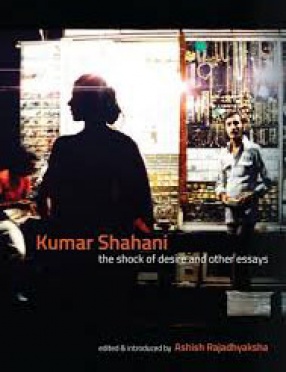
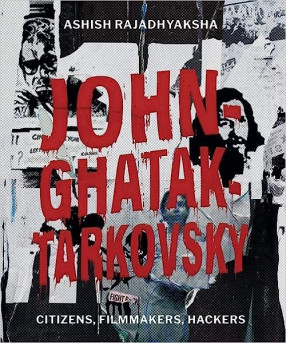
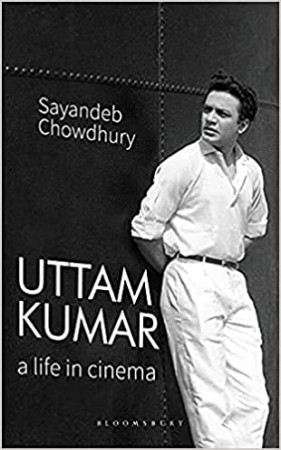
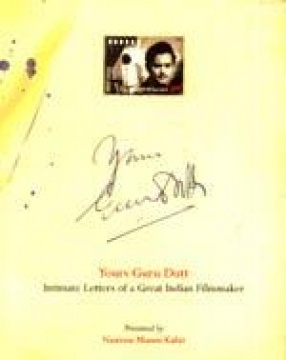
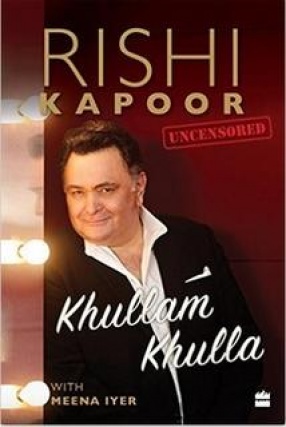
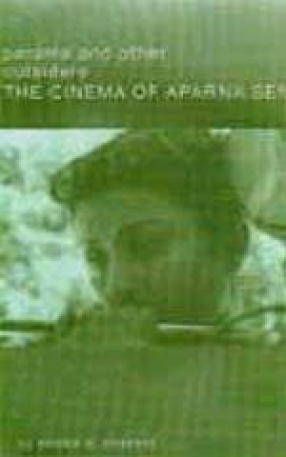

Bibliographic information
Paul Willemen